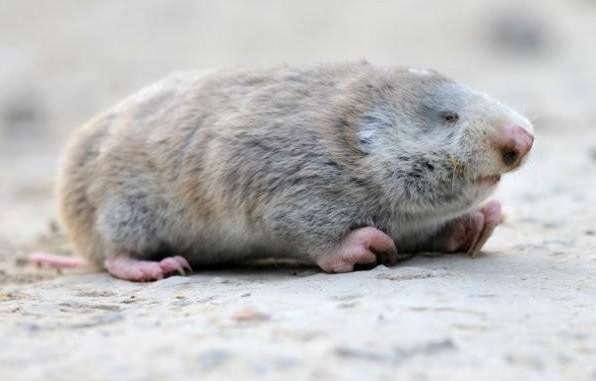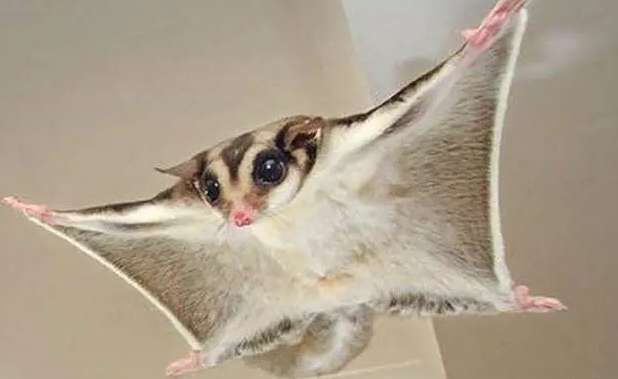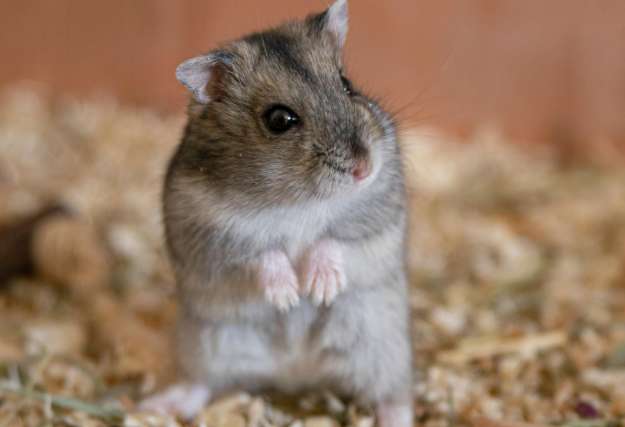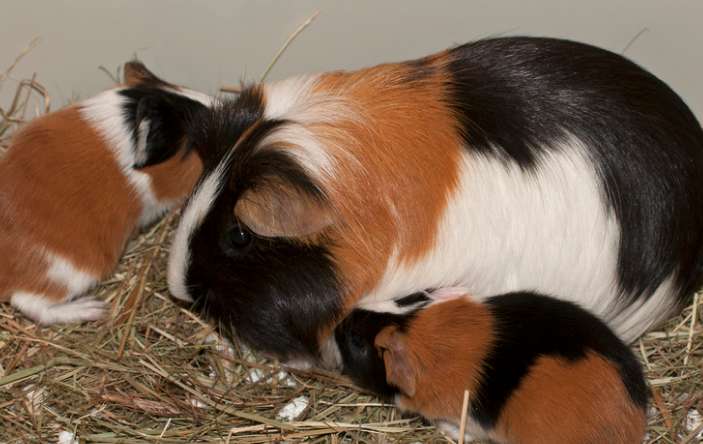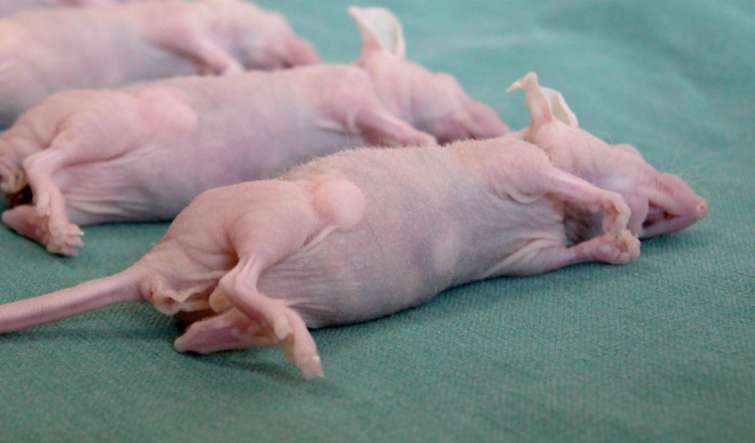Did you know? There are more than 480 species of rats that everyone shouts about, and they can be found in every corner of the world. Some rats have developed into human companions, such as chinchillas, squirrels, guinea pigs and other pet rats. But some rats are still humans' "enemies." For example, the editor is going to talk about Ji Shu today.

Mouse Mouse is actually a general name for the genus Mouse of the family Muridae. There are 13 species in total and it is a species endemic to the Palearctic. This kind of rat likes to steal plant seeds, which is harmful to crops and trees in the fields. It is also the spreader of hemorrhagic fever, leptospirosis, forest encephalitis, etc., and is extremely harmful. Therefore, the editor will take you to get to know the Ji Mouse today. If you encounter it in the future, you must try to stay away from it.
1. Appearance characteristics
The hamster is similar to the house mouse, but it is larger and slender, with a body length of 6 to 12.5 cm; it comes to the door There are no notches on the inside of the teeth; the tail is long, but cannot be curled, most species have sparse tail hairs, and the scale rings are clearly visible; the face is long and narrow; the ear shells are large, turned forward close to or beyond the eyes; the fur on the back is grayish-yellow, grayish brown, or reddish brown. .
2. Type Distribution
The editor here mainly introduces 4 common types in China. After all, we generally cannot encounter them in foreign countries.
1. Apodemussylvaticus: 80 mm in length, gray or ocher-brown hair, mostly inhabiting mountainous woodlands, distributed in Xinjiang, Tibet and other places.
2. A.peninsulae: body length 70-120 mm, tail length slightly shorter than body length, body hair ocher brown or brown, distributed in Northeast, Inner Mongolia, Hebei, Shanxi, Shaanxi, Gansu, Qinghai and other places.
3. A. draco: body length 70-120 mm, tail length approximately equal to body length, body hair brown, inhabiting hilly forest areas, widely distributed in most provinces and regions in China .
4. A. agrarius: Also known as A. agrarius, the body length is 65-117 mm, the tail length is 2/3 of the body length, the body hair is brown, and there is a stripe in the center of the back. black verticalPattern, widely distributed in southeastern China and Xinjiang.
PS: Apoderma agrarian often inhabits small ridges in fields, seriously harming farmland, and is an important reservoir host for the spread of epidemic hemorrhagic fever. The other three species mainly harm forests.
3. Living Habits
Metrophorus likes moisture and usually builds nests under fallen trees, tree roots, dead branches and leaves, on field edges, in wall corners, etc. It is mainly active at night and feeds mainly on plant foods, but also eats insects. In winter, the hamsters will hide in residents' houses to spend the winter, and move to the wild when the weather is warm.
4. Growth and Reproduction
The hamster breeds in northern China from April to September, and can also breed in winter in the south. It breeds 2 to 3 times a year. Each litter produces 3 to 11 offspring, and the reproductive capacity is still very strong.
Okay, the above is the introduction about Ji Shu, all friends must grasp it firmly! Friends who live in rural areas, please quickly check if there are any mice in your home~
